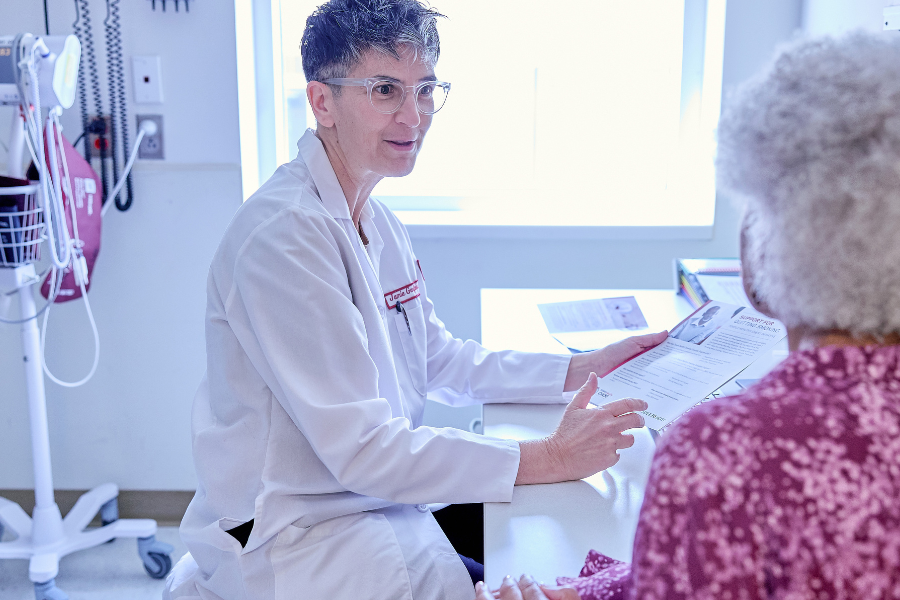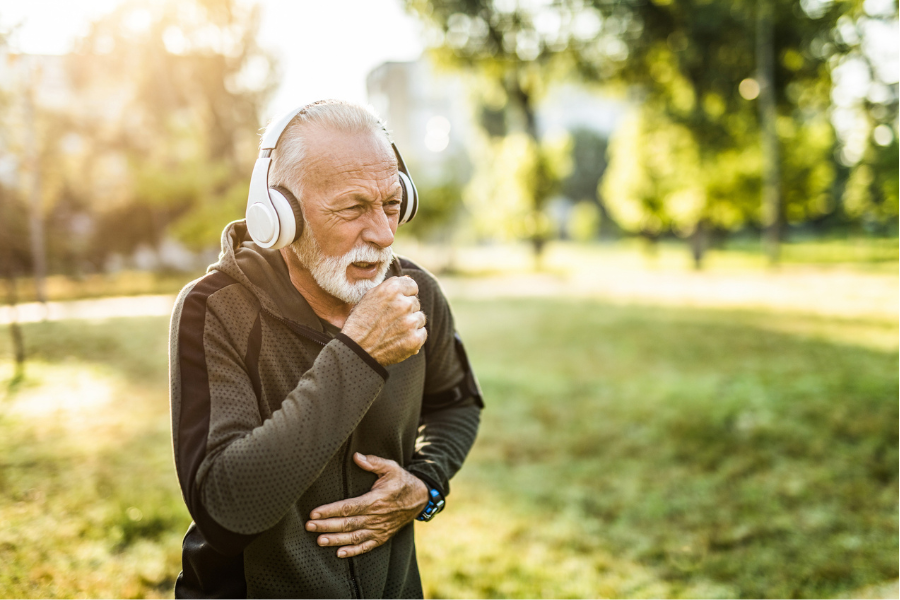Temple lung transplant surgeons take on the toughest cases. As Temple’s Surgical Director for Lung Transplantation, Dr. Norihisa Shigemura leads the nation’s busiest and most experienced lung transplant program.
Now, a new challenge has emerged — post-COVID lung failure, a condition that didn’t even exist 2 years ago. Temple has quickly taken a national lead in transplanting these critically ill patients, giving them a second chance at life.
In this Q&A, Dr. Shigemura talks about the complexity of transplanting patients with post-COVID lung failure.
Q: Why was Temple so prepared to handle this unexpected medical twist?
Dr. Shigemura: Prior to the pandemic, the Temple Lung Center was already a national leader in caring for patients with the most complex lung diseases. During the pandemic, Temple treated more patients in the first wave than any other hospital in the Philadelphia region, and our survival rate is the best in the state of Pennsylvania.
When it became clear some of these patients would need lung transplants due to the severe damage caused by COVID, our transplant team was ready. We already transplant very complex patients and patients who have been turned down by other hospitals — that prepared us for this new challenge. So far, we have performed transplants for more than 10 patients post-COVID and they are all doing very well.
Q: What makes transplanting a patient who has had COVID more complicated?
Dr. Shigemura: There is significant scarring in the lungs of these patients, as well as enlarged lymph nodes. Also, patients who have had COVID and end up needing a transplant have often been very sick for a prolonged time. That means they've either been in the hospital or in the ICU, requiring special life support measures for many, many weeks, making them extremely weak.
As a result, they’re critically ill going into the transplant, which makes the surgery and the post-transplant recovery more difficult for them.
Q: Temple uses an innovative, minimally invasive approach to lung transplant. Tell us about that.
Dr. Shigemura: Normally during a lung transplant, the surgeon must break the patient’s breastbone into two pieces to reach the lungs. At Temple, we routinely use a less invasive method called the antero-axillary approach.
With this approach, which was pioneered by our own Dr. Yoshiya Toyoda, we make an incision beneath the breast area and between the ribs so we can avoid breaking the breastbone. This spares muscles, the sternum, and internal arteries and veins, and makes recovery faster and easier. We perform close to 100% of our lung transplants at Temple this way.
Q: Why has the Temple Lung Center grown so quickly into the nation’s top lung transplant centers?
Dr. Shigemura: We have all of the components of a great program here at Temple. The Temple Lung Center is the national leader in caring for patients with severe lung disease. Our team has the experience and skills to handle even the most complicated cases.
The combined expertise at Temple enables us to transplant patients who have been turned down by other hospitals, including patients who are older, have higher BMIs (Body Mass Index), or have other medical issues such as heart disease.
Helpful Resources
For Patients
- Having a lung transplant after COVID-19 — what patients need to know
- Criteria for lung transplant candidates
- Meet our lung transplant team
For Physicians
- Refer a patient
- About our Lung Transplant Program
- About the Temple Lung Center

